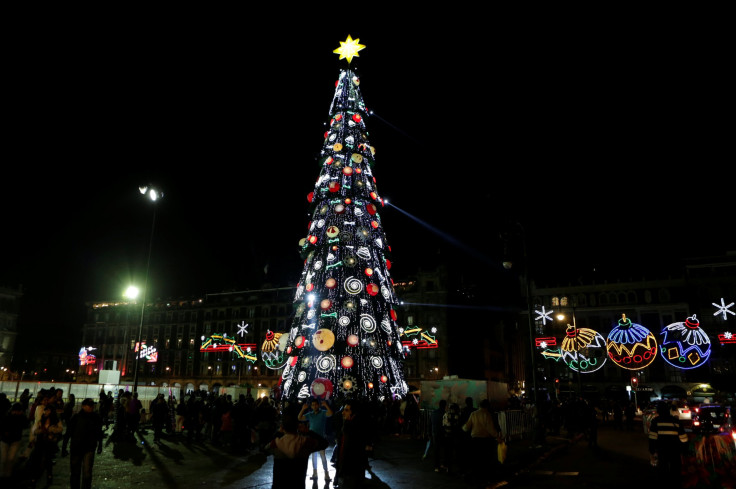What Is Nochebuena? Food And Everything To Know About The Hispanic Christmas Eve Tradition

While for most Americans and Europeans the bulk of the Christmas celebrations occur on the day itself, Dec. 25, for Hispanics, Christmas Eve is when the fun really takes place. Nochebuena, literally the "Good Night,” is the celebration in Spanish-influenced cultures that takes place the night before Christmas. However, in many cases, when it is a really “good night,” the merriment will carry over into the day itself.
The exact method of celebration differs from country to country, but generally involves a big dinner with the whole extended family, often leading up to midnight mass, or “Misa de Gallo.”
In the Philippines, though, the dinner comes after the midnight mass and consists of a huge open-door feast where friends and neighbors are invited to come in and enjoy the numerous dishes on offer. The most popular dish is lechón, roasted pig, but rice cakes and fruit salads are also traditionally eaten.
In Mexico, Nochebuena is actually several days in the making. Las Posadas is the nine days of religious service which commemorate the nativity of Jesus. Each day there are candle-light processions through the streets, reenactments of the nativity and replicas of the nativity scene constructed. The tradition, at least to some extent, has been brought by Mexican immigrants to the United States.
"I want the kids to know what it's all about, and the way we do it in Mexico," Tina Pickering, who grew up in Veracruz, Mexico, and has lived in the U.S. for more than 40 years, told the Chicago Tribune this week. "It's not just about presents. Jesus was born and we celebrate the tradition that God came to the world to save us."
After the final Posada on Dec. 24 comes the big feast, involving traditional dishes like tamales and the stew pozole. In the Dominican Republic and Cuba, meanwhile, the main dish is pork, usually served with rice and beans.
Seafood is the primary feature of Nochebuena dinner in Spain, with lobster or other shellfish often the centerpiece. In Argentina, everything at the meal is served cold, including vitel tone, sliced veal covered in a mayonnaise-like sauce.
In many Latin American countries, pan dulce, a sweet bread, is served as a dessert.
© Copyright IBTimes 2024. All rights reserved.











